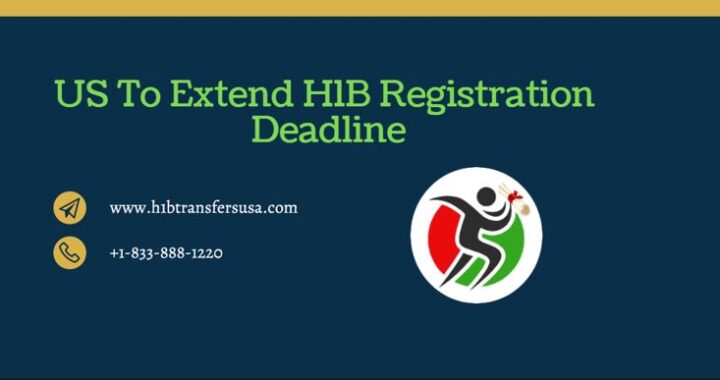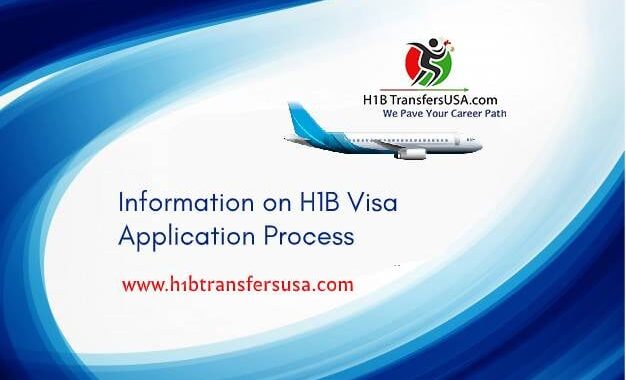Consequences- Layoff or Termination of H-1B Employees
3 min read
- Consequences for the H-1B Employee: H-1B workers have a potential grace period of up to 60 days – or until the lapse date of their current I-94, whichever period is more limited – following the loss of employment, during which they can remain lawfully in the US and look for sponsorship by a new employer.
- Under the plain language of the rule, H-1B workers who willfully leave their H-1B employer may also take advantage of the 60-day grace period provisions.
- A worker might use the grace period only a single time for every validity period. For example, if an H-1B worker loses their employment and, and then uses the grace period to transfer to another H-1B employer, they might still be qualified for an additional 60-day grace period would it be a good idea for them or lose that employment? Unused days in the first grace period can’t be carried over into a subsequent grace period.
Consequences for the H-1B Employee
- Terminated H-1B workers should be aware that employment is not allowed during the grace period. An H-1B worker may, however, work for a new employer as soon as a petition has been filed under the portability provisions, as discussed below.
- H-1B workers should also know that DHS/USCIS has the prudence to deny or shorten a grace period if there are violations of status like unapproved employment, misrepresentation, or criminal convictions.
- Generally, USCIS policy continues to be that period during which an H-1B employee gets severance payments or stays on the employer’s payroll after the end without revealing for work are not periods of valid status for an H-1B nonimmigrant. However, some pre-termination “garden leave”/non-compete periods may be permissible.
Potential actions in case of employer noncompliance
- If a terminated H-1B employee accepts that an employer isn’t complying with the commitment to give return transportation costs, he or she may file a complaint with USCIS. USCIS policy in regard to the implementation of this commitment. However, is unclear, and USCIS needs legal power and an administrative system to enforce this obligation.
- A terminated employee may also look to enforce the employer’s commitment in state court; however, it is hazy whether such a suit could succeed.
- A fired H-1B employee who accepts their manager didn’t properly comply with the wage payment obligation. Until bona fide termination might file a complaint with the Department of Labor’s Wage and Hour Division.
Take advantage of the H-1B Portability Rules
- The H-1B portability rules allow H-1B workers to start work for another H-1B employer. As soon as the new employer files with USCIS a non-frivolous petition. To employ the worker in H-1B status, given that specific circumstances are met. One condition is that the beneficiary of the petition holds valid status at the time of filing.
- The 60-day grace period gives H-1B workers a window of opportunity to take advantage of the portability rules. As USCIS considers terminated employees to be maintaining status during the 60 days to file for a change or extension of status.
[December 2022 Visa Bulletin]
Conclusion
There are many issues to consider regarding the termination of H-1B employees, including an H-1B layoff. This update is an overall treatment of these issues and difficulties. Every individual termination will present unique circumstances that might require more detailed analysis. As individual terminations are carried out. Both employers and employees should keep these general issues and challenges in mind. And should consult with experienced immigration counsel for an individual determination of their options.






